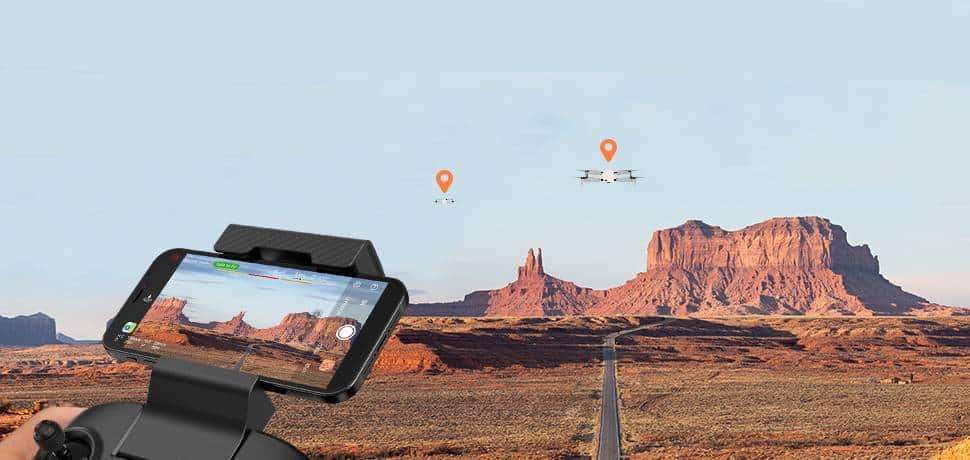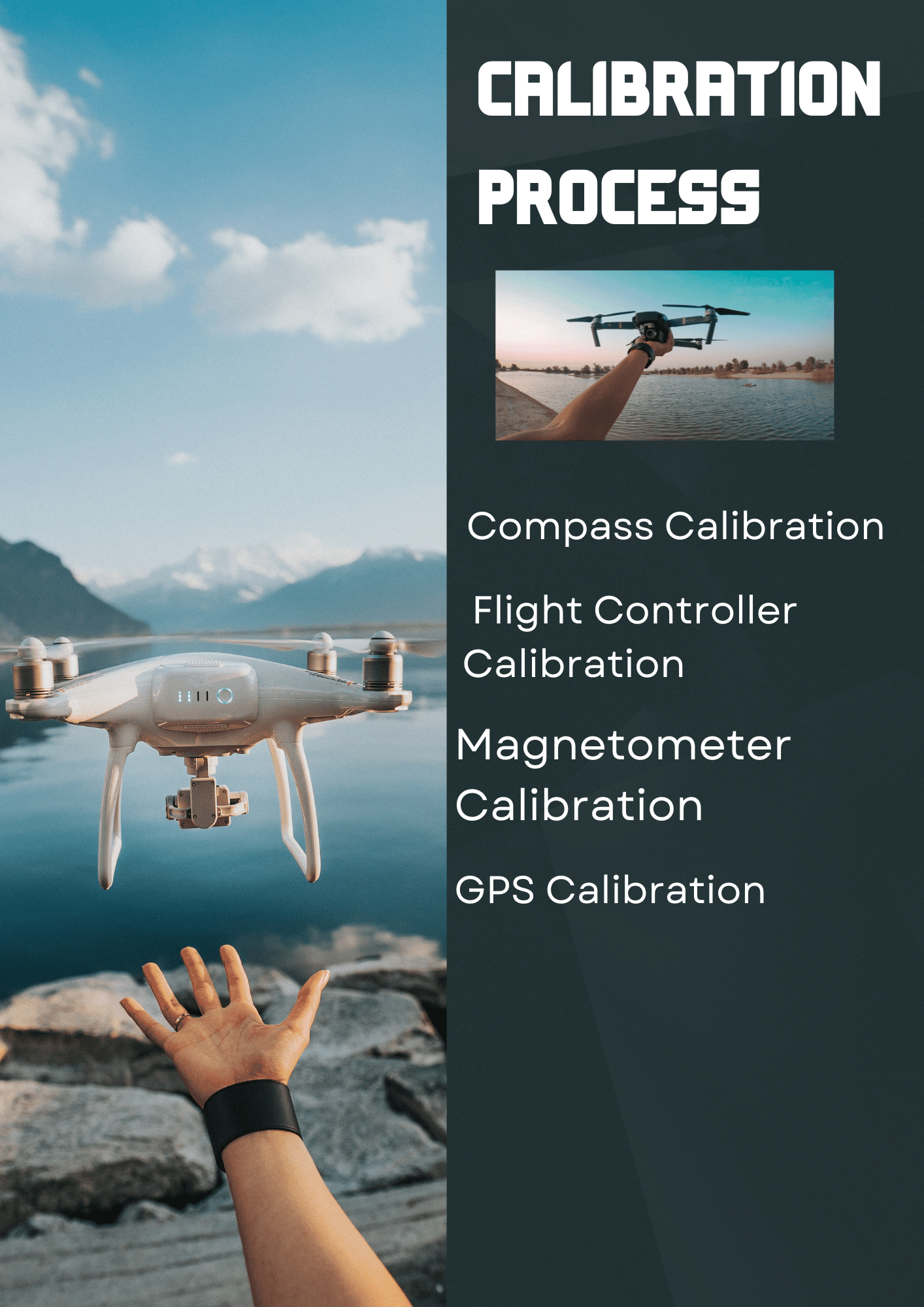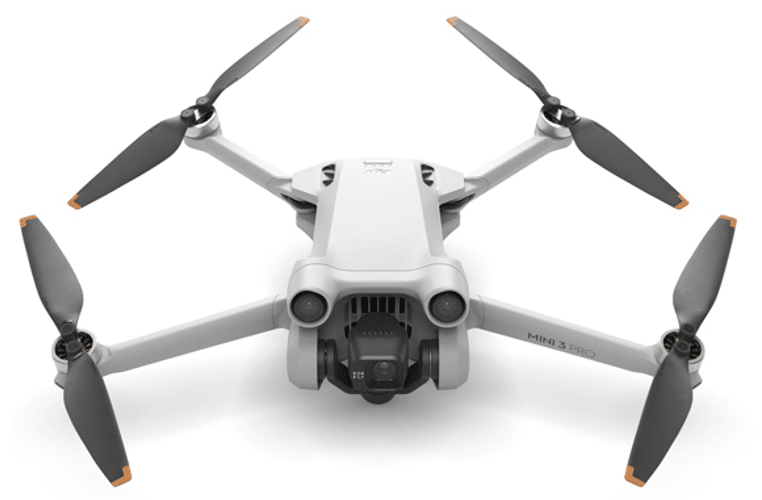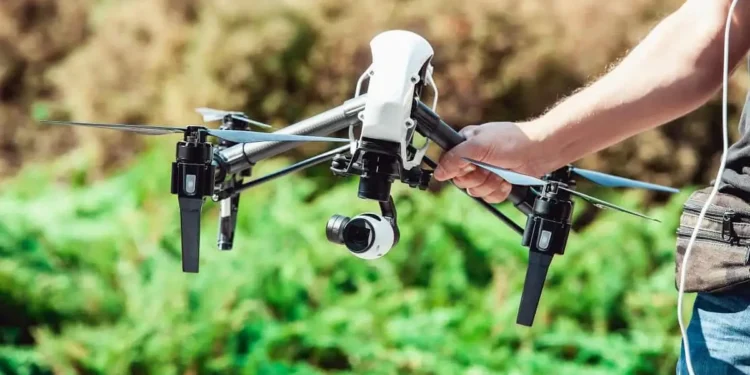GPS drones have become essential tools for hobbyists, professionals, and enthusiasts alike. These high-tech devices offer incredible stability during flight, precise navigation, and the ability to capture stunning aerial footage. However, to maintain stability during flight and ensure accurate positioning, it’s crucial to regularly perform a successful calibration of your drone. But how often should you calibrate your GPS drone? This comprehensive guide will explore everything you need to know about how often to calibrate GPS drones, how to calibrate a drone, and other essential aspects of the calibration process.
Why Calibration is Important
Calibration is the process of fine-tuning your drone’s internal sensors to ensure that they are accurately reading the environment. The most critical components requiring calibration are the compass and flight controller. The compass helps the drone maintain its orientation, while the flight controller ensures stability during flight by managing the drone’s various systems.
Without correctly calibration, your drone may experience erratic behavior, such as drifting, incorrect orientation, or even loss of control. A successful calibration ensures that your drone’s sensors are accurately aligned with the Earth’s magnetic field, leading to smoother and more predictable flights.
How Often to Calibrate GPS Drones

One of the most common questions drone users ask is, “do you need to calibrate a drone each time you fly?” The answer depends on several factors, including the type of drone you have, the environment in which you fly, and the frequency of your flights.
Before Every Flight: While it might seem excessive, some experts recommend calibrating your drone before every flight, especially if you’re flying in a new location. This ensures that the drone’s compass and GPS are aligned with the local magnetic field, reducing the risk of errors.
After Traveling to a New Location: If you’ve traveled a significant distance from your previous flying location, it’s essential to recalibrate your drone. The Earth’s magnetic field varies depending on your geographic location, so recalibration is necessary to ensure accurate navigation.
After Firmware Updates: Firmware updates can affect your drone’s flight controller and other internal systems. It’s a good practice to perform a successful calibration after any updates to ensure that everything is working correctly.
When Experiencing Flight Issues: If you notice any issues during flight, such as drifting, poor stability during flight, or difficulty in maintaining orientation, it’s time to recalibrate your drone. These symptoms often indicate that your drone’s sensors are out of alignment.
Periodically: Even if you’re flying in the same location and haven’t experienced any issues, it’s still a good idea to calibrate your drone periodically. Regular calibration helps maintain optimal performance and can prevent potential problems.
The Calibration Process – Step by Step

Understanding how to calibrate a drone is crucial for maintaining its performance. Here’s a step-by-step guide to help you through the calibration process:
Compass Calibration
Power on your drone and the remote control.
Access the settings menu on your drone’s app or display this or other websites correctly to find the compass calibration option.
Follow the on-screen instructions to rotate the drone in specific directions.
Once completed, the app will confirm that the compass calibration was successful.
GPS Calibration
Ensure that the drone is placed on a flat, level surface.
Wait for the GPS signal to lock onto multiple satellites.
Some drones may require manual GPS calibration, while others do this automatically.
Flight Controller Calibration
Access the flight controller settings through the app.
Follow the instructions to recalibrate the flight controller.
This may involve placing the drone in specific positions or moving the control sticks on the remote control.
Magnetometer Calibration
If your drone has a magnetometer, follow the specific instructions in the user manual or ky UFO drone instructions.
This typically involves rotating the drone in various axes to align the magnetometer with the Earth’s magnetic field.
Special Considerations for Different Drones
Different drones may require slightly different calibration methods. For example, how to calibrate an E88 drone or how to calibrate an FPV drone may involve unique steps specific to those models. Always refer to the manufacturer’s manual for precise instructions.
How to Calibrate an E88 Drone: This popular model may require a specific combination of button presses on the remote control to enter calibration mode. Make sure to follow the steps carefully, as outlined in the manual.
How to Calibrate GPS FPV Drone: First-Person View (FPV) drones, used primarily for racing or immersive flying experiences, may have more sensitive calibration requirements. These drones often need more frequent calibration due to the high demands placed on their sensors.
Common Calibration Issues and Solutions

Sometimes, even after following the calibration process, you may encounter issues. Here are some common problems and their solutions:
Calibration Failure: If the calibration fails, try moving to a different location. Nearby metal structures or electronic devices can interfere with the calibration process.
GPS Signal Issues: If your drone has trouble locking onto GPS satellites, try calibrating in an open area away from tall buildings or trees.
Compass Errors: If you receive compass error messages, it may indicate a strong local magnetic field interference. Move to a different location and recalibrate.
Software Compatibility: If your drone’s app is not functioning correctly, you may need to upgrade or use an alternative browser to access the calibration settings. Ensuring that your date browser is up to date can also resolve display issues.
Conclusion
Understanding how often to calibrate GPS drone is essential for maintaining their performance and ensuring safe, enjoyable flights. By performing a successful calibration regularly and following the calibration process outlined in this guide, you’ll keep your drone flying smoothly and accurately. Whether you’re a beginner or an experienced pilot, knowing how to calibrate a drone, including specific models like the E88 drone or FPV drones, is a skill that will serve you well in all your aerial adventures.


